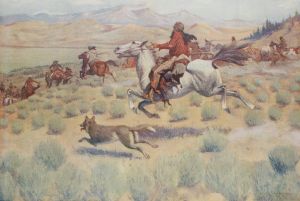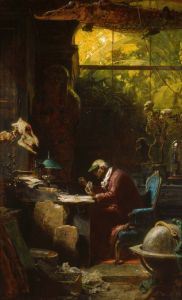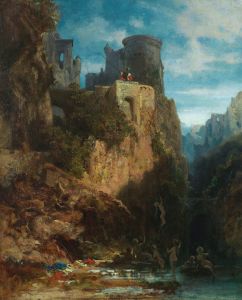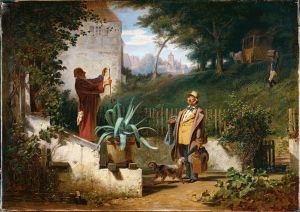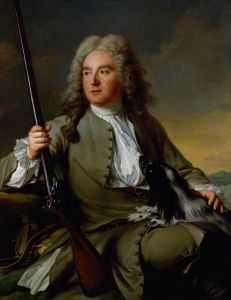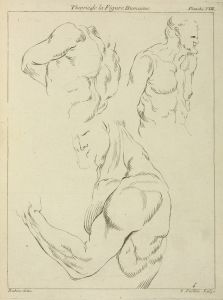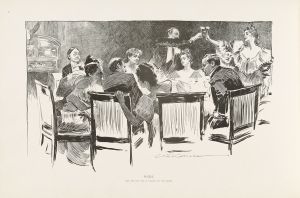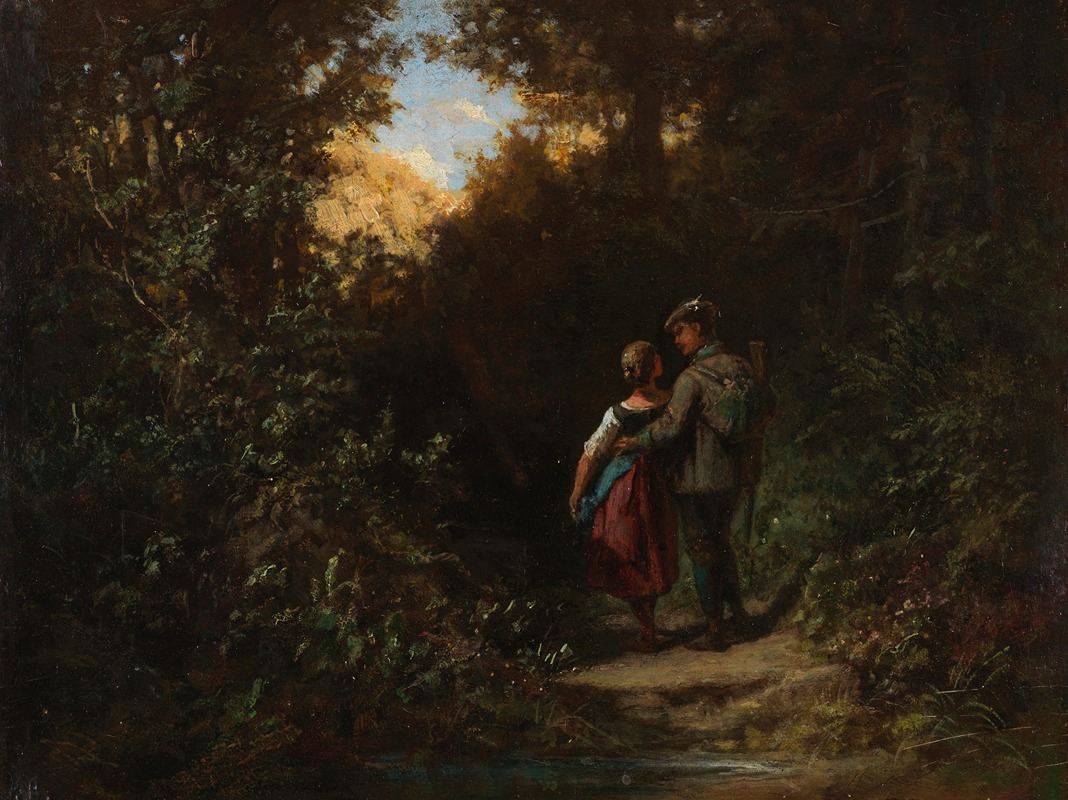
Auf dem Pirschgang
A hand-painted replica of Carl Spitzweg’s masterpiece Auf dem Pirschgang, meticulously crafted by professional artists to capture the true essence of the original. Each piece is created with museum-quality canvas and rare mineral pigments, carefully painted by experienced artists with delicate brushstrokes and rich, layered colors to perfectly recreate the texture of the original artwork. Unlike machine-printed reproductions, this hand-painted version brings the painting to life, infused with the artist’s emotions and skill in every stroke. Whether for personal collection or home decoration, it instantly elevates the artistic atmosphere of any space.
Carl Spitzweg was a renowned German painter and poet, best known for his works that capture the essence of Biedermeier-era Germany. His paintings often depict everyday scenes with a touch of humor and a keen observation of human nature. One of his lesser-known works is "Auf dem Pirschgang," which translates to "On the Hunting Path."
"Auf dem Pirschgang" is a fine example of Spitzweg's ability to blend genre painting with a narrative quality. Although specific details about the painting's creation, such as the exact year it was painted, are not widely documented, it is consistent with the themes and style that Spitzweg explored throughout his career. The painting likely dates from the mid-19th century, a period during which Spitzweg was most active.
The painting portrays a scene set in a natural environment, capturing a moment of leisure and exploration. As the title suggests, it involves a hunting theme, which was a common pastime among the middle and upper classes in 19th-century Europe. Spitzweg's work often reflects the interests and activities of the bourgeoisie, and "Auf dem Pirschgang" is no exception.
Spitzweg's style is characterized by its detailed attention to the subtleties of light and shadow, as well as his ability to infuse his scenes with a sense of warmth and intimacy. In "Auf dem Pirschgang," these elements are likely present, as they are in many of his other works. His use of color and composition often creates a harmonious and inviting atmosphere, drawing the viewer into the scene.
The painting may also include Spitzweg's signature touch of humor or irony. Many of his works feature characters engaged in activities that reveal their quirks or idiosyncrasies, often with a gentle satirical edge. This approach allows Spitzweg to comment on the society of his time, highlighting both its virtues and its follies.
Spitzweg's influence extends beyond his own era, as he is considered a significant figure in the development of genre painting in Germany. His works are appreciated for their technical skill and their ability to capture the spirit of the Biedermeier period, a time marked by a focus on domesticity and the private sphere.
"Auf dem Pirschgang," while not as famous as some of Spitzweg's other paintings like "The Poor Poet" or "The Bookworm," still embodies the qualities that make his art enduringly popular. It reflects his interest in the everyday lives of people and his talent for storytelling through visual art.
Today, Carl Spitzweg's paintings, including "Auf dem Pirschgang," are held in various collections and museums, where they continue to be studied and admired for their artistic merit and cultural significance. His work offers a window into the 19th-century German bourgeoisie, capturing moments of quiet reflection and gentle humor that resonate with audiences even today.






